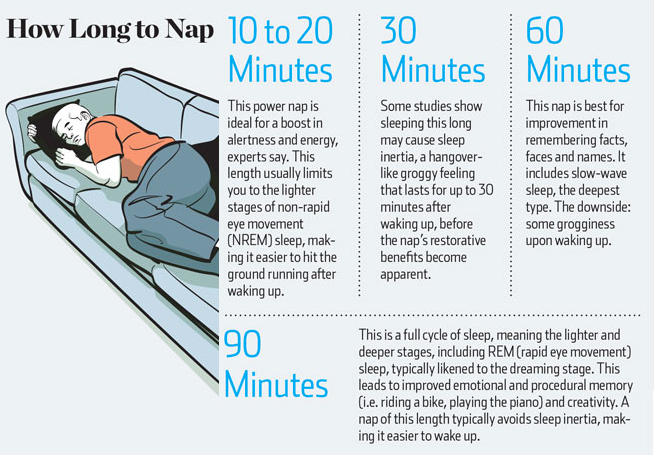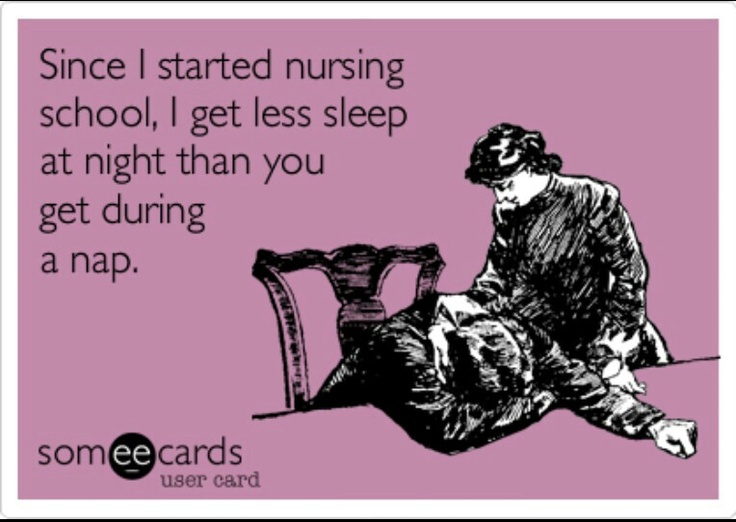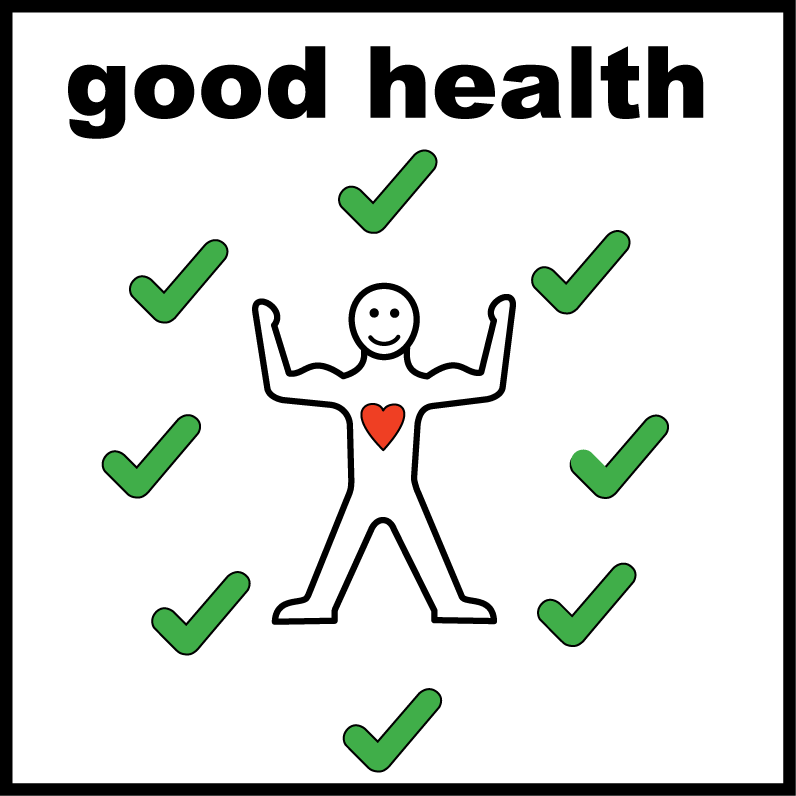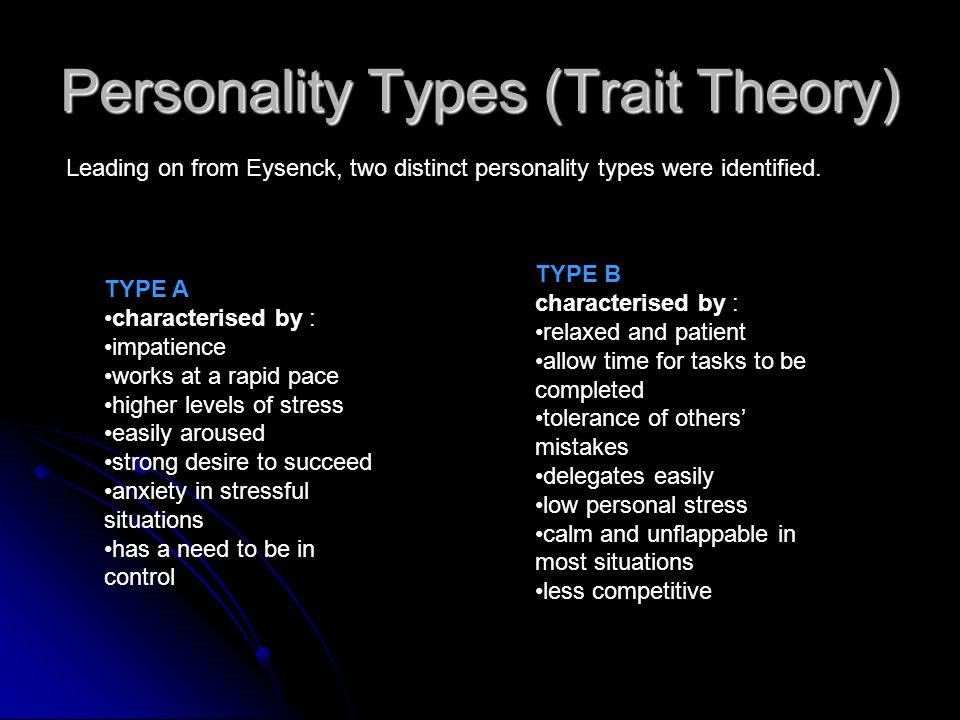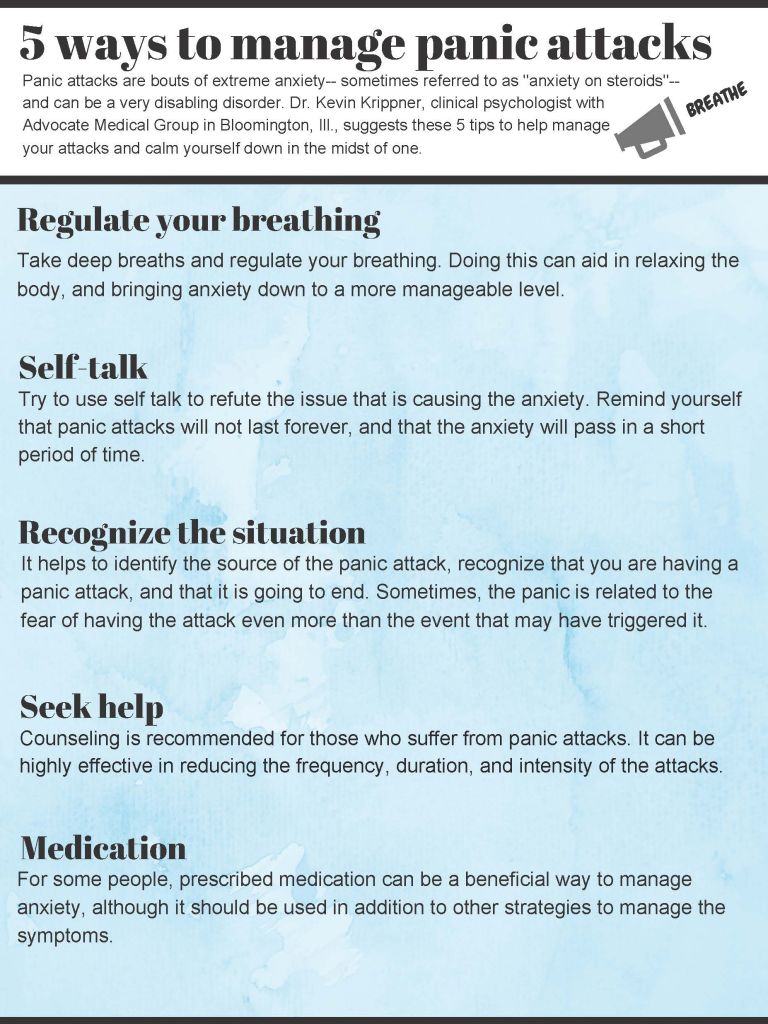Mental exercises for sleep
Relaxation Exercises to Help Fall Asleep
Having trouble falling asleep is a common experience. In fact, research suggests that almost a third of adults experience chronic insomnia, a sleep disorder characterized by persistent difficulties in falling or staying asleep. However, for those of us without insomnia, tossing and turning in bed after a stressful day can be a familiar experience.
Stress and anxiety are often to blame for sleep issues. During periods of tension, the body activates its natural stress response, beginning with a cascade of hormones that make us feel more alert and trigger additional physiological changes. Our breathing becomes more quick and shallow, our heart rate and blood pressure increases, and our digestion slows.
When our body’s stress response is activated, it can be immensely challenging to fall and stay asleep. Fortunately, research has shown that there is a way we can turn off the stress response. By activating another natural process, called the relaxation response, we can calm the mind, relax the body, and help ourselves drift off to sleep naturally.
Relaxation Exercises To Help Fall Asleep
There are countless ways to activate our body’s relaxation response, but the goal is always the same. These exercises lower one’s heart rate and blood pressure, slow and deepen breathing, and create an increased sense of well-being. Research has shown that these changes help us fall asleep, demonstrating that relaxation techniques can help reduce the symptoms.
Tips for Trying Relaxation Exercises
Before you try relaxation exercises to help you fall asleep, here are some helpful tips to keep in mind.
- While these exercises can be helpful tools on their own, they may be more effective when combined with other improvements to your sleep hygiene, such as maintaining a consistent sleep schedule and cultivating daytime habits that promote sleep.
- Just like learning any new skill, relaxation exercises take practice. Repetitive and ongoing use of relaxation exercises is usually more effective than one-time or short-term use.
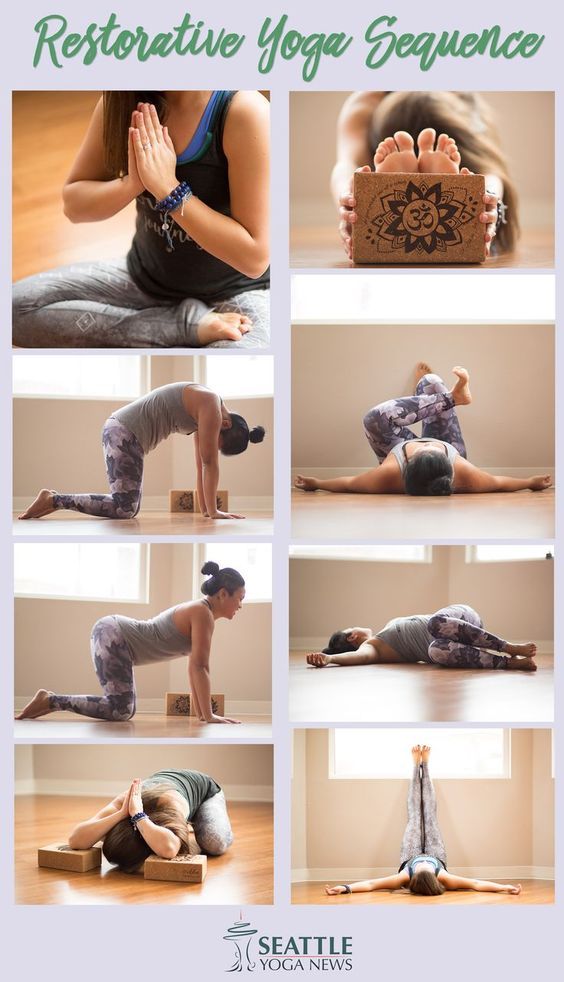
- While it’s tempting to look for the best and most effective relaxation techniques, what’s most important is to find what works for you. That may take some experimenting, so if one exercise doesn’t work, just try another.
While these exercises are safe for most people, others may benefit from talking to their doctors before trying these techniques. This is particularly important for those with epilepsy, psychiatric conditions, or a history of trauma.
Breathing Exercises
Taking slow, deep breaths is one of the easiest and most basic ways to engage your body’s natural relaxation response. If you find yourself lying awake in bed, start by taking 10 deep breaths. This alone can begin to slow the breath and create a sense of calm. If you’re looking for other breathing exercises, here are a few to try.
Diaphragmatic Breathing
Diaphragmatic breathing (also called belly breathing) engages the large muscle at the base of the lungs. Not only can this exercise reduce stress and increase relaxation, it can also strengthen the diaphragm and increase the efficiency of our breathing.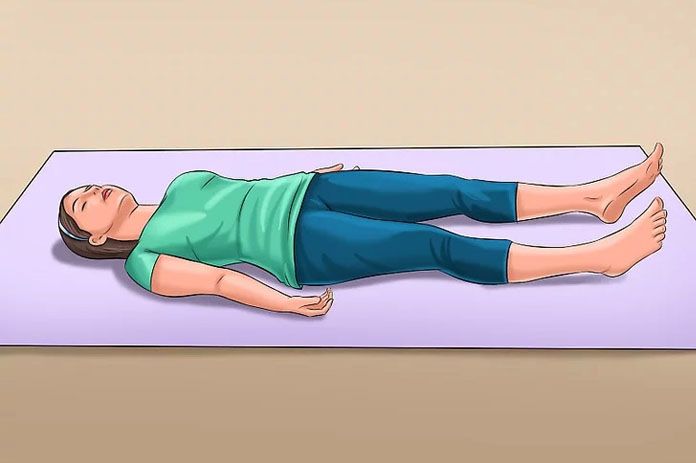 Here’s how to try diaphragmatic breathing:
Here’s how to try diaphragmatic breathing:
- While lying down, place one hand on your upper chest and the other hand at the top of your belly, right below your rib cage. Your hands will help to make sure that you’re only breathing through your belly during this exercise.
- Breathe in through the nose so your belly pushes against your hand. Your other hand and your chest should remain as still as possible.
- While continuing to keep your chest still, tighten your stomach muscles and exhale through pursed lips (the way you might hold your lips when you whistle).
- Repeat this process.
Because many of us aren’t used to engaging our diaphragm when we breathe, this exercise may take some practice. Try starting with just a few minutes of diaphragmatic breathing when you get into bed, then gradually increase the time to maximize benefits.
4-7-8 Breathing
This slightly more advanced breathing technique helps control the speed of your breath.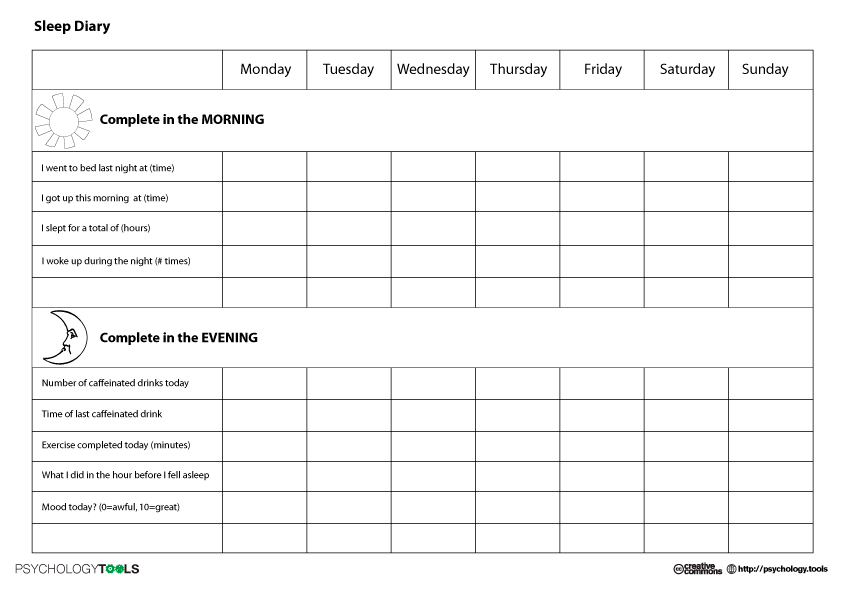 This may not be the best option if you’re uncomfortable holding your breath, but it’s generally considered safe and easy. Here’s how it works:
This may not be the best option if you’re uncomfortable holding your breath, but it’s generally considered safe and easy. Here’s how it works:
- Place the tip of your tongue on the roof of your mouth, right behind your front teeth (you’ll keep it here for the entire exercise).
- Inhale through your nose for 4 seconds.
- Hold your breath for a count of 7 seconds.
- Exhale through your mouth for 8 seconds, allowing your exhale to make a natural sound like you’re blowing out a candle.
Just like other breathing exercises, start with practicing this technique for a few minutes before bed. As you get used to the pace, feel free to increase the time you spend practicing 4-7-8 breathing.
Visualization Exercises
Another way to engage the body’s natural relaxation response is to use visualization exercises. These techniques rely on using mental images to create a sense of well-being in the body, which can reduce stress and help you fall asleep.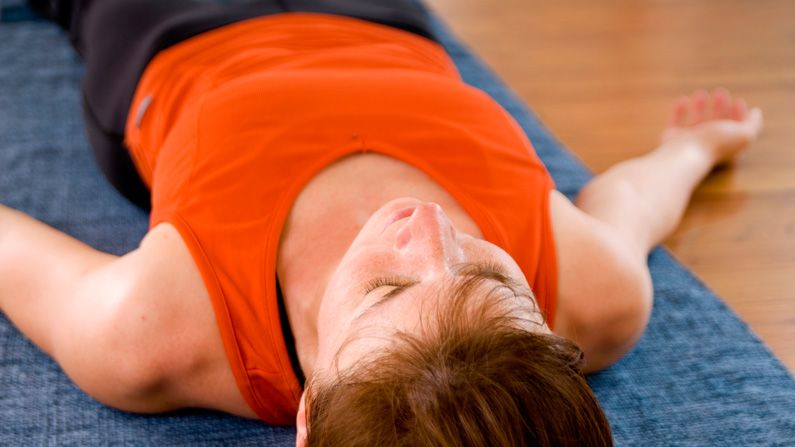
Body Scan
Body scans are a type of meditation that feature a slow, focused attention to different parts of the body. Once you’re lying comfortably in bed, try these steps for a relaxing body scan:
- Start by taking a few deep breaths, perhaps trying diaphragmatic or 4-7-8 breathing, to get your body into a relaxed state.
- Bring your attention to your feet, noticing any sensations in your toes and if you’re holding any tension in this part of the body.
- If you notice discomfort here, acknowledge it and try to let go of any thoughts of stories you have. Visualize the tension leaving the body through the breath.
- When you’re ready, move your focus to your calf muscles, repeating the process of noticing sensations, letting go of thoughts or stories, and visualizing the tension leaving through your breath.
- Methodically move your attention to each part of your body, one-by one, moving from your feet to your forehead until you’ve scanned your entire body.
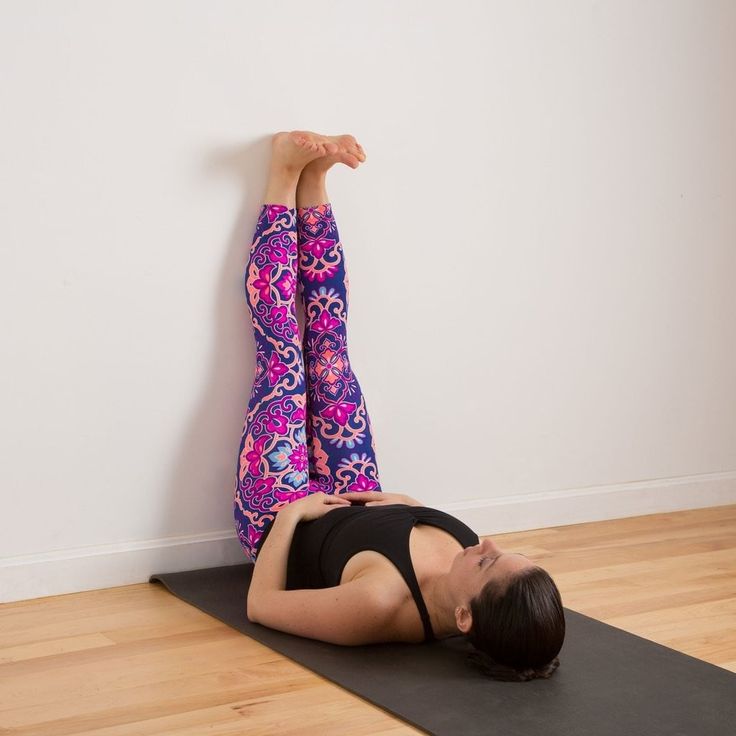
Autogenic Training
Autogenic Training takes you through the same steps as the body scan, but adds in self-statements about heaviness and warmth in each part of the body. The idea is that, with practice, you can begin to calm different parts of your body at any time. Here’s how it goes:
- Start with a few minutes of breathing exercises to get into a relaxed state.
- Next, bring your attention to your feet, then slowly repeat to yourself six times, “my feet are very heavy, I am completely calm.”
- Focus again on your feet, then slowly repeat 6 more times, “my feet are very warm, I am completely calm.”
- Repeat this process as you move your attention to each part of your body, from your feet to your head, repeating each phrase about heaviness and warmth.
If you find it too distracting to remember each phrase or count how many times you’ve said them, you can record yourself going through the process and play it back at bedtime.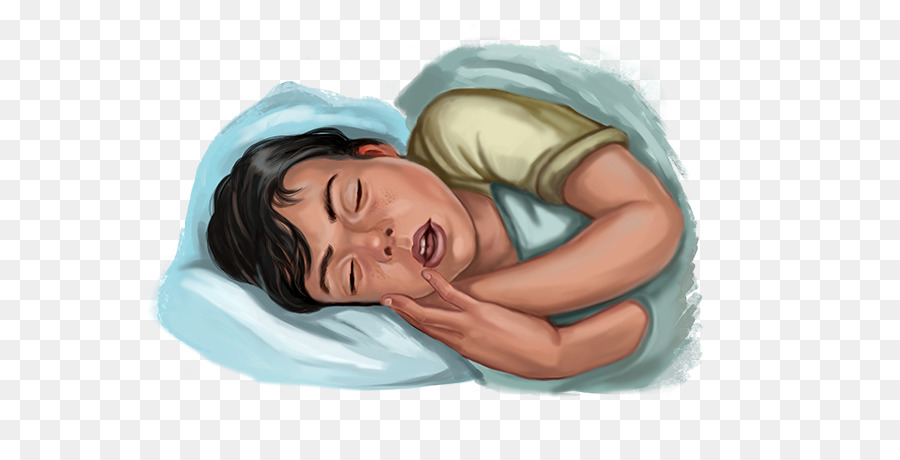 You can also find audio and video records online, if you’d prefer to have someone else walk you through autogenic training.
You can also find audio and video records online, if you’d prefer to have someone else walk you through autogenic training.
Progressive Muscle Relaxation
Progressive muscle relaxation is based on the idea that it’s hard to be tense when your muscles are relaxed. This exercise is performed by methodically tensing and relaxing 16 different muscle groups, one by one.
First, write down all of the muscle groups or make an audio recording of yourself saying each one, giving about 45 seconds in between each group to allow yourself enough time to get through the process. The muscle groups are: hands, wrists and forearms, biceps, shoulders, forehead, around the eyes and nose, cheeks and jaw, around the mouth, back of the neck, front of the neck, chest, back, stomach, hips and buttocks, thighs, and lower legs.
Once you’re ready, lie down in bed and try the technique:
- Breathe in and tense the first group of muscles for 5-10 seconds.
- Breathe out and quickly relax the muscles in that group.
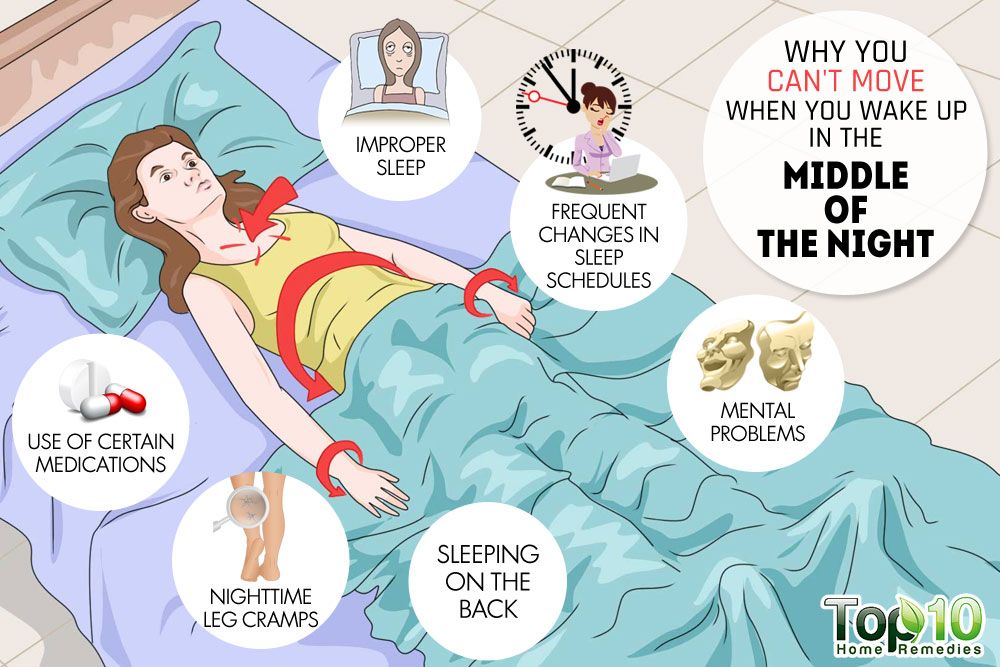
- Stay relaxed for 10-20 seconds before moving to the next muscle group.
Repeat this process until you’ve gone through all 16 muscle groups. Once you’ve finished, focus on keeping all of the muscle groups relaxed as you drift off to sleep.
Self-Hypnosis
Self-hypnosis is similar to progressive muscle relaxation, with the added step of focusing on a specific thought once you’re fully relaxed. The idea is that progressive muscle relaxation puts your body in a hypnotic state, meaning you’re relaxed and more open to suggestion.
It can be helpful to decide on the suggestion you’ll use before starting this technique. Some people focus on a simple word, like “relax” or “let go”, while others may repeat a phrase like, “I’m relaxed and calm”. You can also record yourself saying these phrases and simply listen to them while you’re working through progressive muscle relaxation. There are also tapes and videos online with pre-recorded phrases for falling asleep.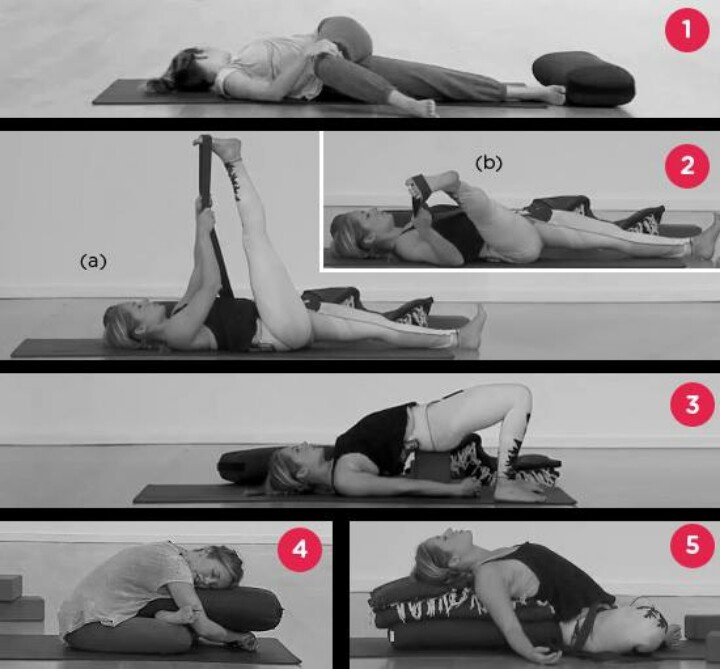
Once you’ve decided on your suggestion or phrase, here’s how to begin:
- Get yourself comfortable and lie in bed.
- Move into a hypnotic state with a short period of progressive muscle relaxation, tensing and relaxing different muscles in the body.
- Once fully relaxed, slowly repeat your preferred phrase.
Once you’ve mastered self-hypnosis, try adding in other senses to your thought suggestion. Imagine yourself in a safe place and focus on relaxing sights, smells, and physical sensations around you. One common scenario is imagining yourself in a field of flowers, smelling lavender and feeling the warm sun on your skin.
Biofeedback
Biofeedback is a bit more involved than other relaxation exercises because it relies on technology. This technique uses electronic devices to help users monitor processes within the body that are normally unconscious, like brain waves, heart rate, breathing, and body temperature. The idea behind this mind-body technique is that, by monitoring these body processes users can begin to exert some control over them.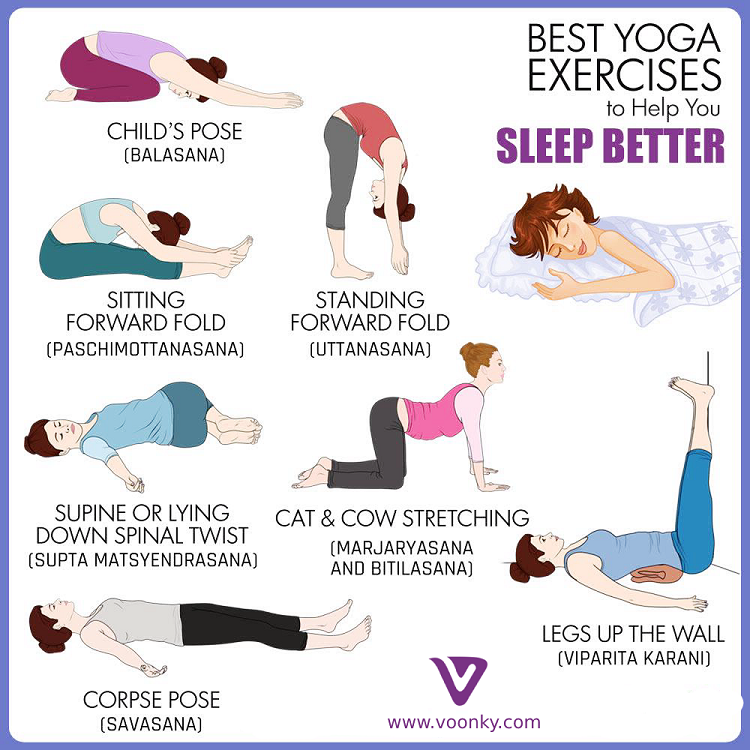
If you’re interested in trying biofeedback, you can talk to your doctor or a sleep specialist about tools they may have available. For a simpler start, you could also try using a wearable device, like a smart watch, chest strap, or fitness tracker.
Check the device at different times of day to learn about what affects your heart rate, blood pressure, and breathing. Once you have a grasp on what affects these processes, start to experiment with what you can do to influence them. Develop your own strategies for lowering your blood pressure and heart rate, slowing your breathing, and increasing your overall sense of well-being.
- Was this article helpful?
- YesNo
Mental Exercises To Relax Your Mind and Help You Fall Asleep
"My mind is racing" - is the primary complaint, of most people, when describing why they can't sleep. Thoughts about work, the kids, bills and so many other of life's worries cause many late nights and drowsy days for millions of people.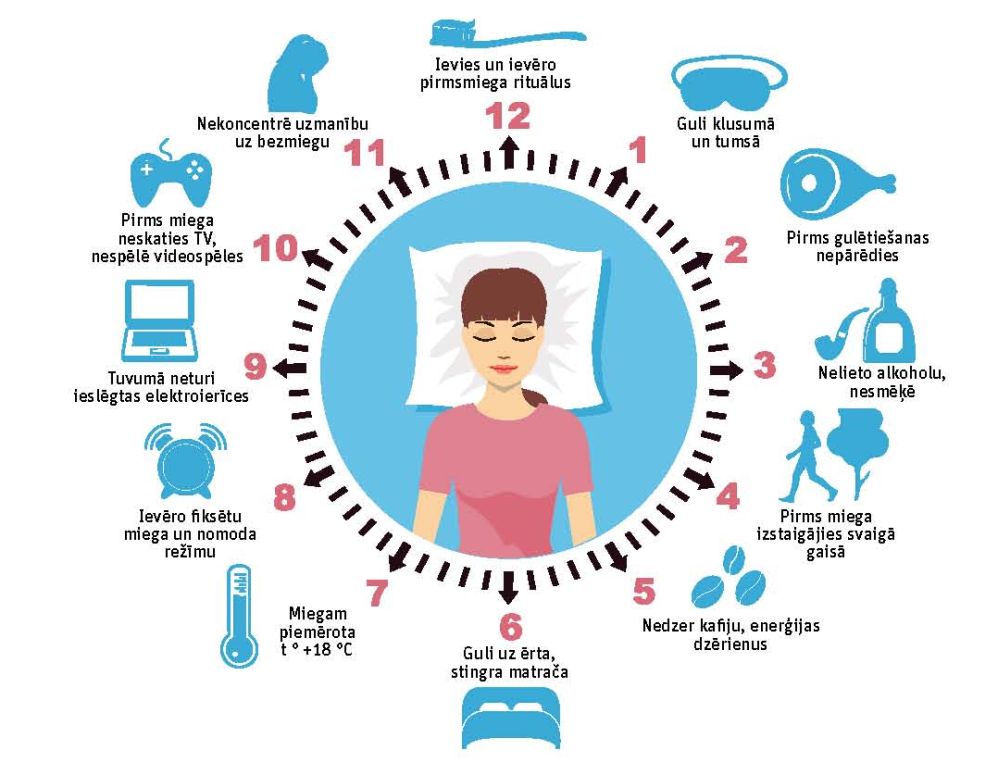 Learning to relax and get your mind off the things that stress or excite you, is the key to falling asleep. If you can relax - you can sleep. In this lens, I will share several techniques to help you relax and clear your mind - and have you dreaming in no time.
Learning to relax and get your mind off the things that stress or excite you, is the key to falling asleep. If you can relax - you can sleep. In this lens, I will share several techniques to help you relax and clear your mind - and have you dreaming in no time.
Lay Off the Caffeine
Mom Was Right - Try Warm Milk Instead
Limit your caffeine intake to the morning hours. High caffeine levels in the evening are a leading cause of anxiety and a "racing mind" at bedtime. Many of us get into a cycle where, due to a restless night, we drink coffee to keep us going through the following day. Fight your way through the temptation to use coffee for energy - and your next night’s sleep will come much easier.
Try milk and low-sugared juices in the afternoons, instead. Just before bed, have a small glass of warm milk. Milk contains tryptophan - a chemical which many researchers believe, helps people fall into the first stage of sleep. Milk alone will not put you to sleep, but it may aid in the process.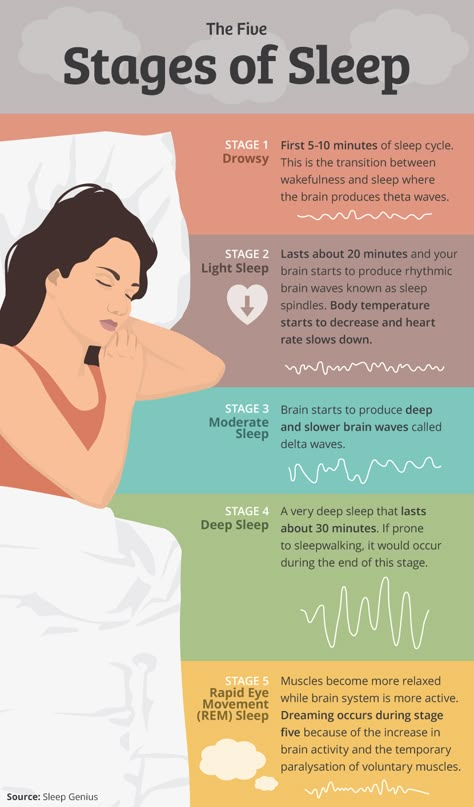
Make Your Bed A Place For Sleeping Only
Your bed should be used for one thing only - Sleeping. Remove the television from your bedroom. Get rid of any clutter and keep this room clean and tidy at all times. Spend your intimate time somewhere else that's just as comfortable and try on clothes and do your hair in the bathroom. Most importantly, keep this room dimly lit throughout the day with a lamp or dimmer switch. Never use the overhead light, unless necessary.
White Bedding Relaxes the Mind
Clean, white bedding has long been known to help calm the mind and promote relaxation. Subconsciously, your mind senses that you are in a safe, clean environment; free of confusing designs and abstracts. A blank pallet for your mind to deal with, as opposed to colorful lines or shapes. White bedding is also cheaper and allows for bleaching. You can always have a colorful bedspread for the show, just make sure you remove it, revealing an all-white bed, an hour or so before you plan to retire for the night.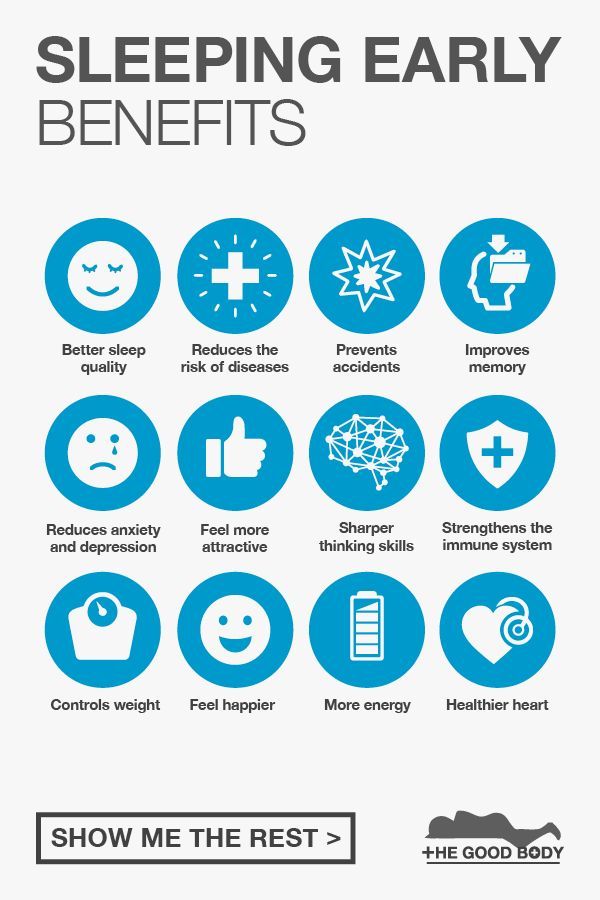
If Necessary, Sleep Alone
You Can Spend Time Together Beforehand
One of the primary outside causes for lack of sleep is your sleep partner. Snoring, jerking, and difficulty finding a comfortable position may not keep your partner awake, but may have you up all night. If you're having prolonged difficulty sleeping due to your partner's sleep habits, you may have to sleep alone. Intimate time can be spent beforehand, before your planned time to go to sleep. Spend this time with your partner, somewhere other than in your bed - keeping your bed solely to sleep.
Mental Exercise: The Dry Erase Board
Get into a comfortable position and close your eyes. Take a deep breath and while exhaling, mentally recite the word "falling" three times, while picturing the word in your mind. Now take another deep breath and while exhaling, mentally recite the word "asleep" three times, while picturing the word in your mind.
- Now, picture yourself standing in front of a dry erase board.
 In the marker
In the marker
tray, there is an eraser, a blue pen, a black pen, and a red pen. Mentally picture these items in the tray. - Now, take the red pen and remove the top. Deeply concentrate on what your doing - the sound it makes when the top comes off, the color of the top and the felt tip, the smell of the ink, the size of the pen in your hand.
- Now, slowly draw a large red heart on the board, taking up the majority of the center of the board. Take care to make it as symmetrically perfect as possible. Now, place the top back on the red pen and lay it back in the tray, in the exact spot you took it from.
- Now, pick up the black pen and draw a large letter "A" in the center of the heart. Make sure to take up as much of the inside of the heart as possible, without touching the sides. Now replace the top and lay the black pen back in the tray in the same spot.
- Now, pick up the blue pen, remove the top, remember to concentrate on the sound, the smell, the color.
 Now, in the top left corner of the board, outside of the heart, write the word "falling" in all lower-case letters. Slowly move down to the lower-right corner of the board and write the word "asleep" in all lowercase letters. Place the top back on the pen, return it to its spot on the tray, and pick up the eraser.
Now, in the top left corner of the board, outside of the heart, write the word "falling" in all lower-case letters. Slowly move down to the lower-right corner of the board and write the word "asleep" in all lowercase letters. Place the top back on the pen, return it to its spot on the tray, and pick up the eraser. - Now, erase the letter "A" in the center of the heart. Take extreme care in making sure you do not touch the sides of the heart. Completely remove the ink. Now, erase the word "falling" and then the word "asleep" in the same manner. Return the eraser to the tray, placing it in the exact position it was in before you picked it up. Now, look at the board, which should have nothing on it but the large heart.
- Remove the black pen, the top, and write the letter "B" inside the heart. Continue as you did before. You get the picture. Continue with "C" then "D" until you fall asleep.
It is extremely important to concentrate on doing everything in perfect order, while not touching the sides of the heart. If you make this effort, your mind will not be able to race around about all those little things it normally does. Your subconscious mind will slowly become bored of the repetition and you will fall asleep.
If you make this effort, your mind will not be able to race around about all those little things it normally does. Your subconscious mind will slowly become bored of the repetition and you will fall asleep.
Mental Exercise: The Bathtub
Begin this exercise as you did with the "Dry Erase Board"
Get into a comfortable position and close your eyes. Take a deep breath and while exhaling, mentally recite the word "falling" three times, while picturing the word in your mind. Now take another deep breath and while exhaling, mentally recite the word "asleep" three times, while picturing the word in your mind.
- Now picture yourself in a white, sparkling clean bathtub. The fixtures in the room, the walls, and the ceiling are all white.
- The water is the perfect temperature with just enough scented bath beads. There is a small table with two short, lit candles - one slightly taller than the other - besides the tub within reach of your right arm.
- Now, mentally concentrate on the smell of the bath beads.
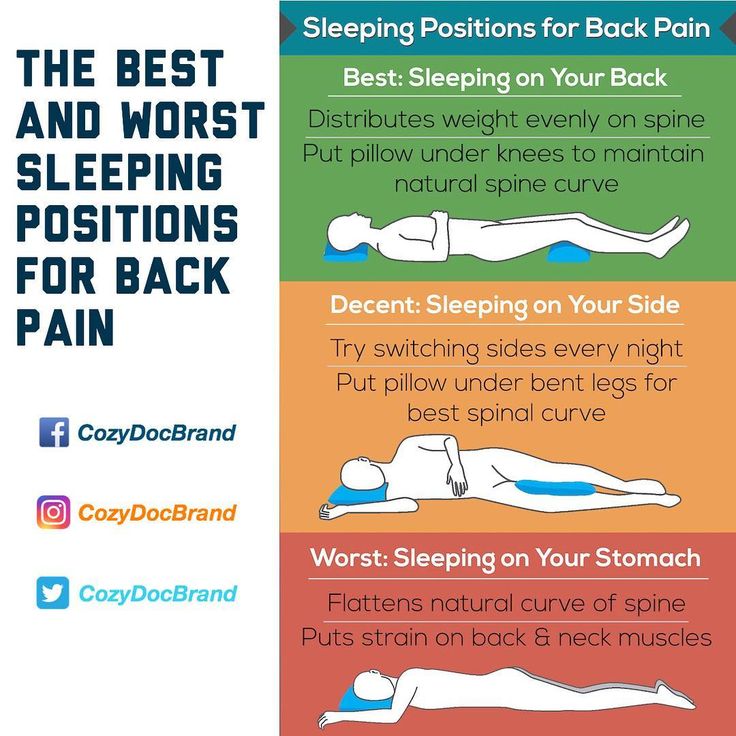 Listen closely to the sound the water makes when you lightly move your right hand up and down. Picture the small flame on the tops of the two candles. Deeply concentrate, using all of your mental senses.
Listen closely to the sound the water makes when you lightly move your right hand up and down. Picture the small flame on the tops of the two candles. Deeply concentrate, using all of your mental senses. - Now, mentally draw your attention to the two small flames on the tops of the candles. Picture them flickering lightly. Picture the similar size of the flame from one candle to the other. Pay close attention to every detail.
- Now, picture both hands at your sides. Fingers together and extended, just under the surface of the water. Feel the perfect warm temperature. Now, while concentrating on the candle to the left, slowly picture lifting your left hand slightly. Mentally picture the flame barely getting taller. Now, lower your left hand slowly and picture the flame barely getting smaller.
- Now, focus on the candle to the right and mentally raise your right hand slowly and watch the flame barely rise. Lower your hand, and watch as the flame becomes smaller.
- Now, purse your lips and lightly blow the candles.
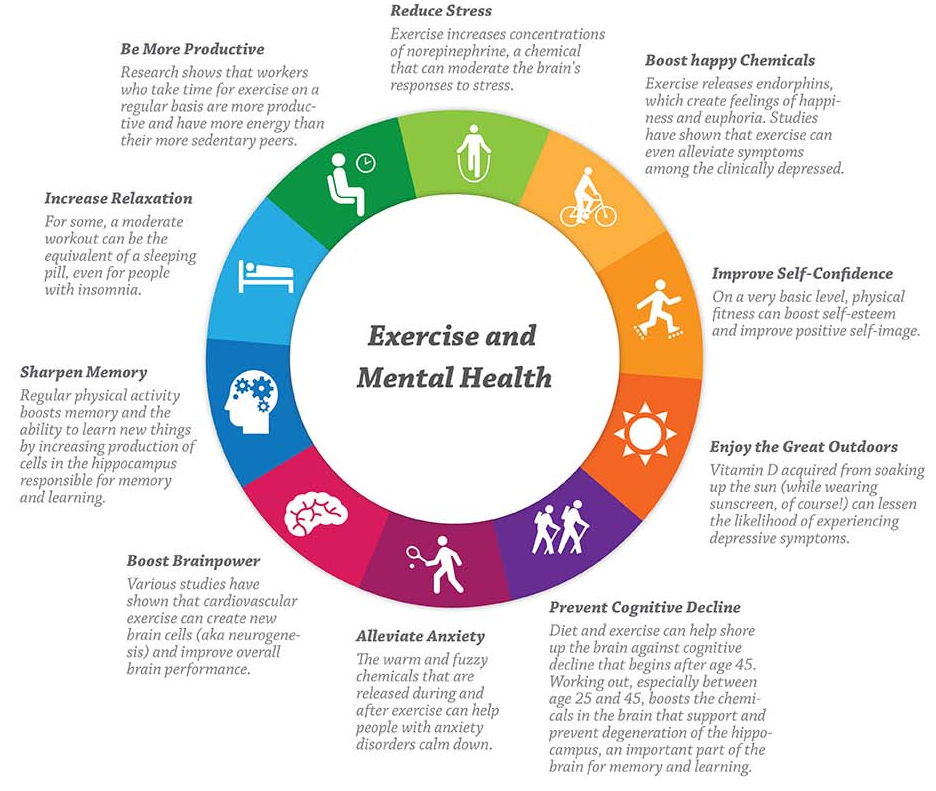 Pay attention to how they lightly flicker as your breath passes by.
Pay attention to how they lightly flicker as your breath passes by. - Now start again with your left hand. Deeply concentrate on every detail and repeat the steps over until you fall asleep.
Mental Exercise: Alone on the Beach
Begin this exercise as you did with the "Dry Erase Board"
Get into a comfortable position and close your eyes. Take a deep breath and while exhaling, mentally recite the word "falling" three times, while picturing the word in your mind. Now take another deep breath and while exhaling, mentally recite the word "asleep" three times, while picturing the word in your mind.
- Now, picture yourself sitting comfortably in the sand on a beautiful beach, your hands at your sides. You are facing the ocean. The temperature is perfect. The sand is white, soft, and warm. The water is sparkling blue. There is a slight breeze, just strong enough to lightly move your hair, yet gentle enough to not move the grains of sand. Feel the breeze.
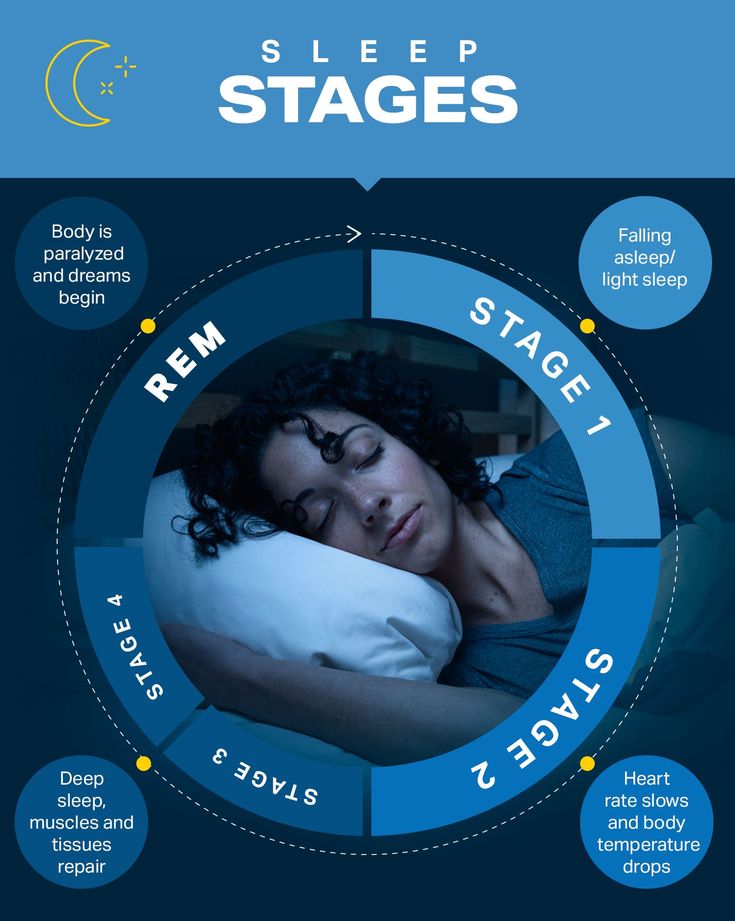 Smell the sweet aroma of your favorite soothing scent on the breeze. Draw your attention to the tide. It is very calm, lightly lapping the shore every ten seconds. You cannot see the sun, although you can feel its warmth and see its light.
Smell the sweet aroma of your favorite soothing scent on the breeze. Draw your attention to the tide. It is very calm, lightly lapping the shore every ten seconds. You cannot see the sun, although you can feel its warmth and see its light. - Now, mentally picture scooping up sand in your left hand. Hold it out in front of you, just to your left. As the tide lightly laps the shore, slightly spread your fingers and while counting backward slowly from 10 to 1, allow the sand to fall through your fingers. Feel the dry grains as they pass through, between each of your fingers. Allow the last of the grains to fall as you reach the number "1" and hear the tide gently lap again.
- Now, lower your arm and while counting backward again from 10 to 1, scoop up some sand in your right hand and mentally raise it out in front of you and just to your right. Pay attention to every detail. The breeze, the way the sand feels in your hand, the warmth. Now, as the tide gently laps again, slightly spread your fingers and begin to let the sand fall slowly while counting down again.

Repeat these steps until you fall asleep. Remember to concentrate on every detail with all of your senses.
Even though falling asleep is viewed as a relaxing process, it has the potential to induce extreme anxiety. Lying in bed while waiting for sleep to come can be highly unpleasant. Fortunately, there are ways to cure this issue without resorting to unhealthy pills. It may take consistent and effortful work, but the payoff tends to be worth the struggle. Achieving a good night's sleep may be the key to tomorrow's success.
If your sleep issue has become a chronic one, call Alaska Sleep Clinic today @ 907-420-0540. Improve your sleep. Improve your life.
About the author: Bianca J. Ward used to be a divorce coach, but now she is a professional essay writer at EssayWriterFree where she provides people with qualified works. Besides, she is a passionate photographer and traveler who has visited 52 countries all over the world. Bianca dreams about creating a photo exhibition to present her works to others.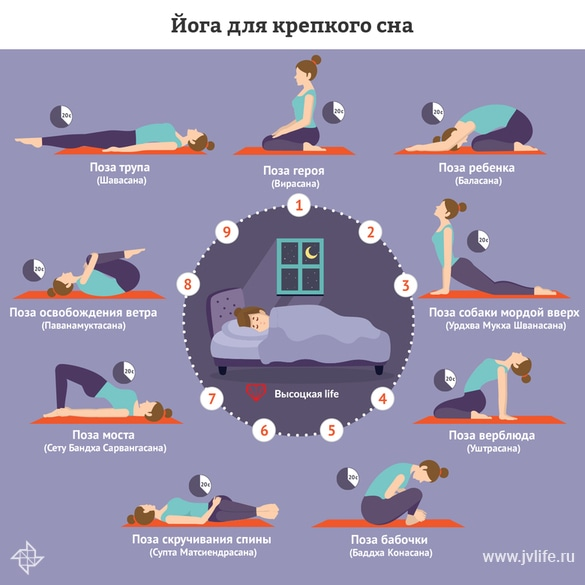
how to deal with sleepiness at work
A short walk outside the office will help restore tone through a change of scenery. Take a glass of homemade lemonade or coffee to go at a nearby establishment. Just walk around the block, distracting from reports and plans.
If work permits, go to a meeting with partners in another office or clients. Or just chat with colleagues: social activity invigorates. When the meeting is over, you can return to the office and get down to business with new energy.
A little exercise, a series of bends or squats is a good way to shake off sleep. If you are embarrassed by colleagues or do not want to embarrass them, do the exercises in the hallway. Any room where there is enough free space and where you feel comfortable will do. The simplest exercises will do: head turns, tilts and squats.
Add any exercises from the school physical education course. Exercise helps improve blood flow in the body. Blood carries oxygen faster to the brain and all organs. Ten minutes of simple exercises - and cheerfulness returns.
Ten minutes of simple exercises - and cheerfulness returns.
Try breathing exercises. For example, alternating breathing helps to quickly set the brain to work: it will be easier for you to focus on the task. Close the right nostril with the thumb of the right hand and inhale through the left nostril. Now, with the ring finger of the right hand, close the left nostril, and open the right nostril. Exhale through the free right nostril. Then do the opposite - inhale through the left nostril, the right is closed, and exhale through the right, the left is closed.
Another breathing technique is called "breathing skull" (that's right). It is useful when you need to quickly wake up, warm up or start important changes in your own life. We take a slow deep breath, and then a quick and strong exhalation. On exhalation, the lower abdomen works. Ten such exercises - and the brain is ready to work again.
If you can't pull yourself together, humble yourself and choose things that do not require much mental effort.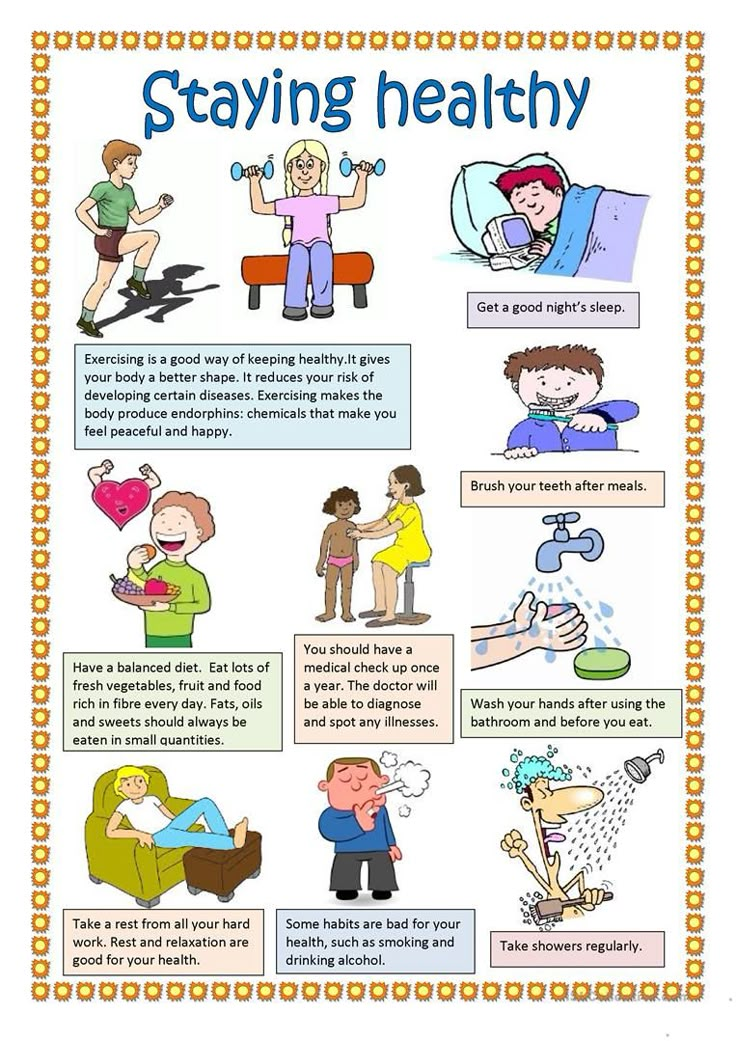 Any routine tasks will do: sort out mail, answer letters that came during the day, make a couple of calls. You can work with reports, do tables or statistics.
Any routine tasks will do: sort out mail, answer letters that came during the day, make a couple of calls. You can work with reports, do tables or statistics.
Clean up your work area. It is always useful to peel off old stickers with reminders, get rid of unnecessary documents and records. Even if you fail to tune in to work, time will not be wasted.
And vice versa: complex puzzles, logic games like checkers or "Hexagon" make the brain work and help to tune in.
Solve a working issue together, deal with common tasks. If the position suggests this, brainstorm current projects and see if you can come up with a good idea. Working with others is energizing and energizing.
If you want to quickly cheer up for a short time, eat something sweet. And if the end of the working day is still far away, then it is better to choose a protein snack - for example, nuts or chicken breast.
A heavy meal usually makes one sleepy, but a small portion of food helps to wake up.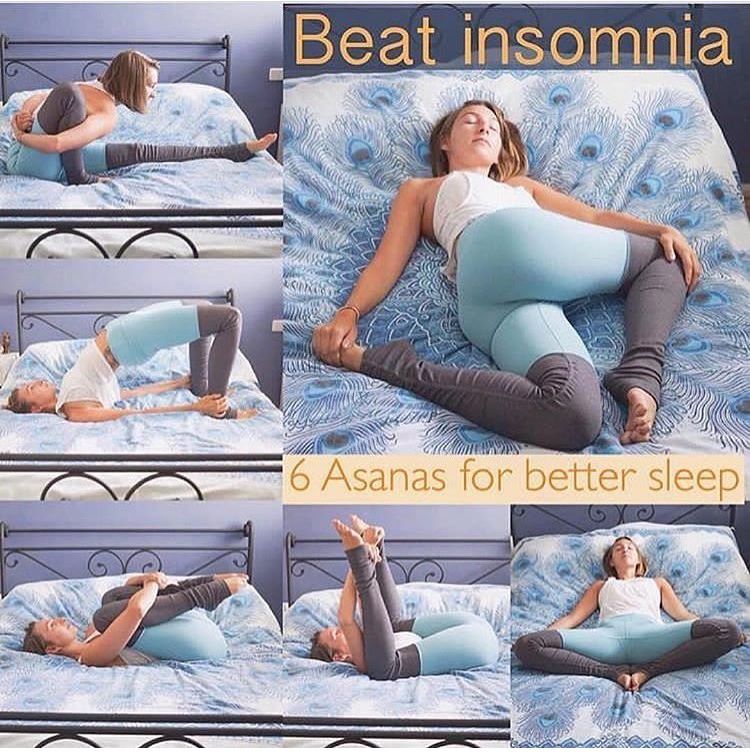 Like chewing gum: the body thinks that since you are chewing, it means that you are eating something, and it produces the necessary substances for the digestion and assimilation of food. So the dream will recede for a while.
Like chewing gum: the body thinks that since you are chewing, it means that you are eating something, and it produces the necessary substances for the digestion and assimilation of food. So the dream will recede for a while.
Combine a walk with a trip to the nearest coffee shop. Take a drink with you or have a cup of cappuccino right at the establishment.
Scientists say that a glass of green tea has more caffeine than a standard cup of espresso. So, if you categorically do not recognize this drink, feel free to choose green tea or mate. The smell of citrus fruits invigorates, so a glass of orange juice will also help to cheer up and tune in to a working mood.
Drowsiness often prevents one from taking on current affairs, but plans can be taken up. Write down what you will do tomorrow. It is good to leave the first half of the day for labor-intensive and responsible affairs. Routine tasks can be completed after lunch.
Planning energizes and helps prepare for tomorrow.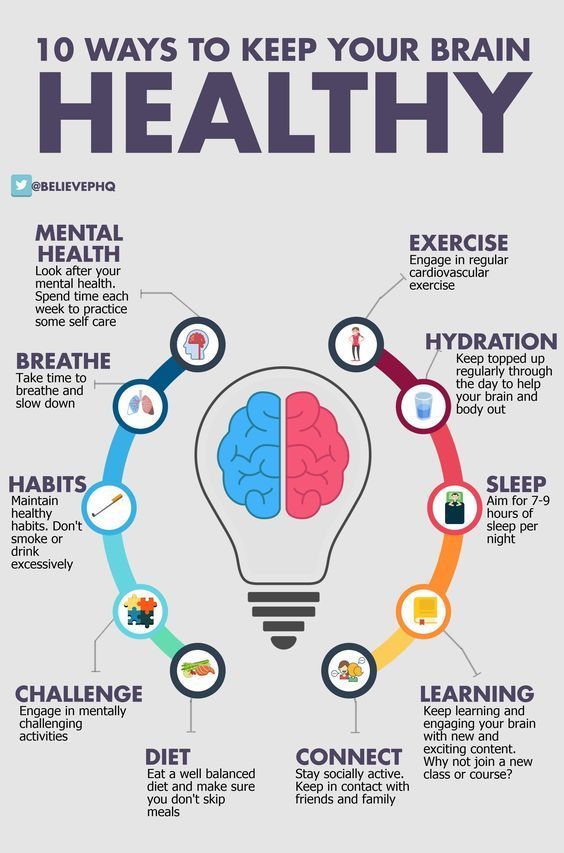 When you have a rough plan, it's easier to see your most important or difficult task. You can prepare in advance and correctly calculate the forces during the day.
When you have a rough plan, it's easier to see your most important or difficult task. You can prepare in advance and correctly calculate the forces during the day.
I want a finished resume and a new job!
Relaxing yoga before bed
Sleep difficulties and insomnia are often side effects of our not always correct way of life. Of course, there are more serious health reasons for lack of sleep. Therefore, it is important not to delay a visit to the doctor if the symptoms of insomnia have ceased to respond to traditional methods of solving sleep problems (adjusting the alertness regimen).
But most often, physical and mental overstrain, thoughts about work or household chores prevent sleep. In this case, special asanas (exercises) can help, which are designed to relax muscles and distract from specific tasks and problems.
Yoga, which you can easily practice at home, will help to save the situation, restore peace and sound sleep.
The basic concept of yoga
Yoga in a broad sense means a set of special practices aimed at managing the mental and physiological functions of the body in order to achieve an elevated spiritual and mental state. In a word, yoga is a philosophy of life, where the soul and body are in harmony.
In a word, yoga is a philosophy of life, where the soul and body are in harmony.
Modern yoga (hatha yoga) is a set of exercises (asanas) consisting of breathing, mental and physical practices.
Through asanas (yoga postures), pranayama (breathing practices), mudra (gestures) and shatkarma (internal cleansing of toxins and toxins), the union of body and spirit is achieved.
In combination, these practices are used to increase energy, increase muscle tone. Hatha yoga teaches concentration and proper use of body energy.
Yoga can be practiced regardless of one's goals or intentions. Weight, age, religious views and health status are also not important here - for everyone there is a modification of the set of exercises.
However, if you have health problems, it is better to consult your doctor before starting therapy and do asanas under the supervision of a guru (teacher).
What is the peculiarity of evening yoga
Evening yoga differs from the usual only in that all yoga asanas before going to bed are aimed at calming the central nervous system after a busy day and help to disconnect from daytime stress.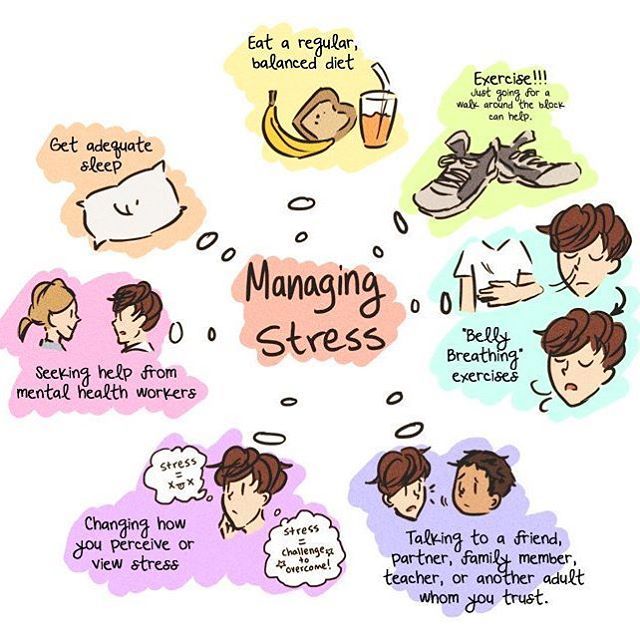
Long sedentary work, monotony, poor organization of the workplace, a long journey home on public transport or traffic jams - all these factors can cause fatigue. Therefore, our body and mind need rest and relaxation every night before going to bed.
A special set of "evening" asanas can help relieve stress, calm thoughts, distract from daytime worries and improve sleep quality. These exercises are recommended to be performed without tension and rough "wear and tear" of the muscles. The main task of yoga before going to bed is to make the mind relax, let go of negative emotions, and forget about bad events.
For some asanas, you can use a headrest for maximum relaxation.
How to prepare for yoga
To maximize the effect of the practice, it is important to follow a few rules:
Why breathing practice is important
“Pranayama” is literally translated from Sanskrit as the regulation of vital energy. According to the ancient texts of yogis, the more correctly a person breathes, the more vital energy moves in him.
According to the ancient texts of yogis, the more correctly a person breathes, the more vital energy moves in him.
When prana freely "flows" through the subtle energy channels of our body and energy centers (chakras), we can feel full of strength, health and inspiration. This is how a body full of prana (energy) and therefore full of life feels.
Breathing is as important to our mental, emotional and physical health and well-being as proper nutrition or quality sleep. However, just breathing as we are used to is not enough.
Breathing is a natural process of life, we breathe without thinking. Yogis also believe that breathing should be deep and slow. With a normal breathing pattern, we receive a small dose of oxygen, and only the upper sections of the lungs are involved in the process itself. With yogic deep breathing, oxygen saturation of the blood occurs faster, which favorably affects the normalization of blood circulation, the nervous system, the heart muscle, the gastrointestinal tract, etc.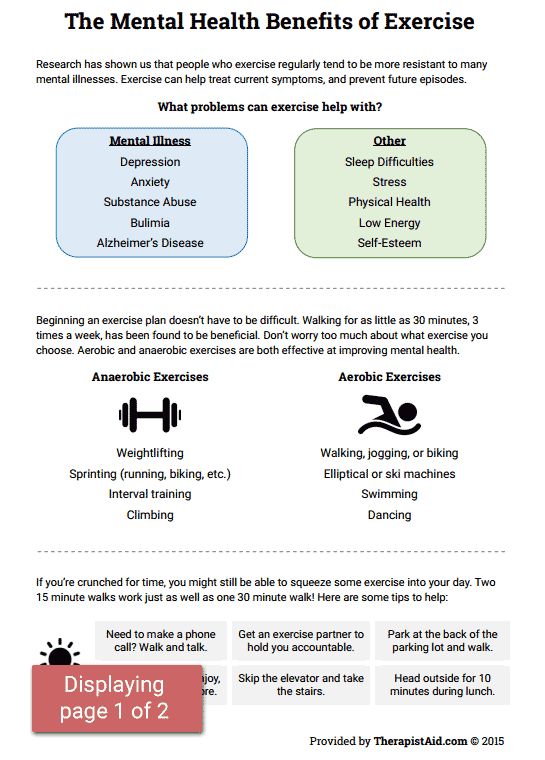
Used by various mental and physical health professionals, yogic breathing has been proven effective in helping to reduce panic attacks, anxiety, insomnia and depression. Pranayama is also capable of:
Before starting breathing practice, you should consult a doctor, as there are contraindications.
Pranayama in combination with hatha yoga can increase resistance to stress, relax the body and free the mind from everything superfluous - exhalation stimulates the nervous system to release everything superfluous and negative, and asanas help relieve tension.
A set of yoga exercises before sleep
Below we will present a set of asanas that will help your body to relax and fall into a sound sleep without hindrance. Remember that breathing is one of the most important therapeutic aspects of yoga. Your goal during each exercise is to focus on your breathing in order to take your mind off your mind and feel yourself.
Lotus position (Padmasana)
When starting to practice, the first thing to do is to completely relax the mind.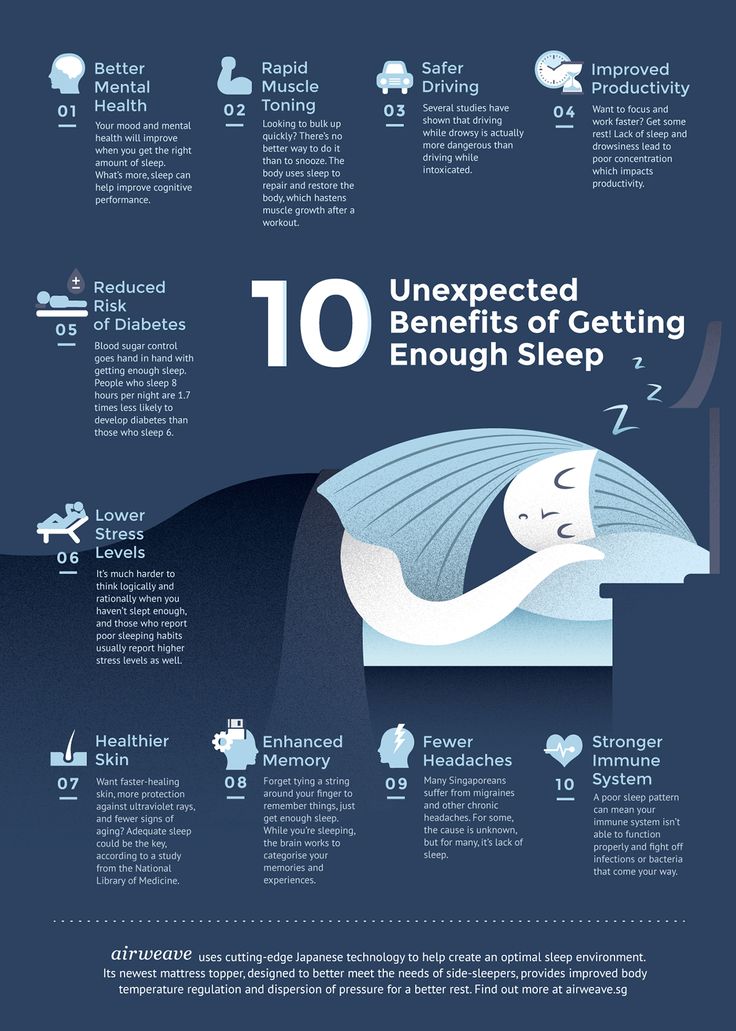 You can distract yourself from obsessive thoughts with the help of one of the fundamental asanas - the lotus position.
You can distract yourself from obsessive thoughts with the help of one of the fundamental asanas - the lotus position.
To perform this exercise, sit on the floor (you can use a yoga mat) or on a bed with a hard mattress, cross-legged. If you still find it difficult to keep your back straight, lean against a wall or headboard. The posture should not cause discomfort in the body and muscles.
Close your eyes and devote a few minutes to your breathing, concentrate on inhaling and exhaling. Breathing for the correct performance of the asana should be even, only through the nose. To even out your breathing, try to spend at least 4 seconds on inhaling and exhaling, and make a short pause between them.
Twisting (Ardha matsyendrasana)
From the lotus position, we smoothly move the right leg behind the left knee, turn the body to the right. We put the left hand on the right leg, trying to expand the body as much as possible. We turn the head after the right hand.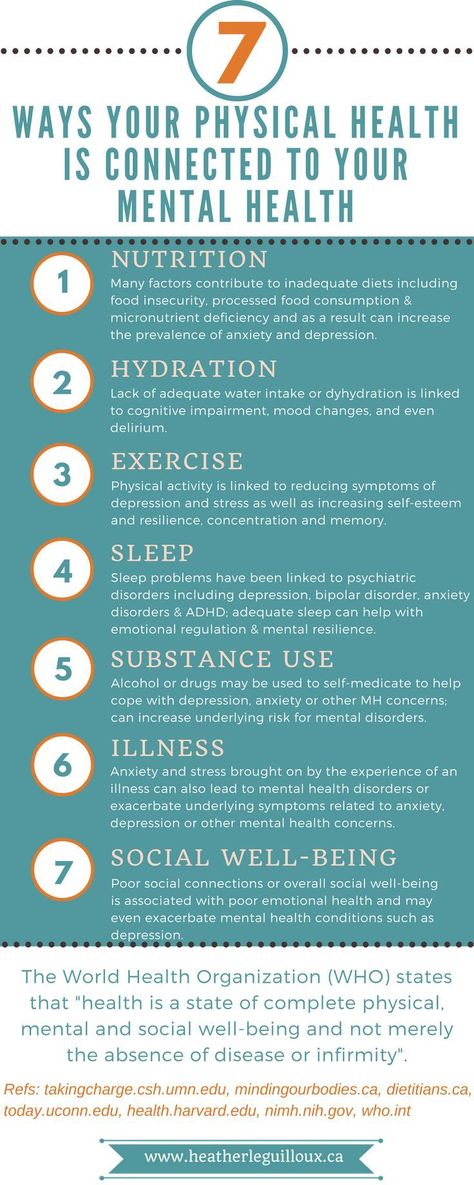 Then we smoothly return to the starting position and repeat the same on the other side, changing the position of the arms and legs according to the asana.
Then we smoothly return to the starting position and repeat the same on the other side, changing the position of the arms and legs according to the asana.
This exercise helps the long back muscles relax after a long day at work.
Watch your breath, trying to synchronize it with every action.
Tilt to the legs (Pashchimottanasana)
To perform this asana, you should sit straight, straighten your legs in front of you, keep your back straight, straighten your arms along the body. Then take a deep breath as you lift your arms up through your sides and lengthen your spine. As you exhale, slowly lower your body towards your legs. It is important to aim for the legs with the stomach, and not with the shoulders.
Hold this position for 4 seconds and slowly return to the starting position.
This exercise helps to relieve stress and inner tension, clear the mind of negative thoughts.
Knees to the chest, alternately and together (Apanasana)
Another exercise to release tension from the long muscles of the back, which are under heavy stress throughout the day, and also to relax the hips.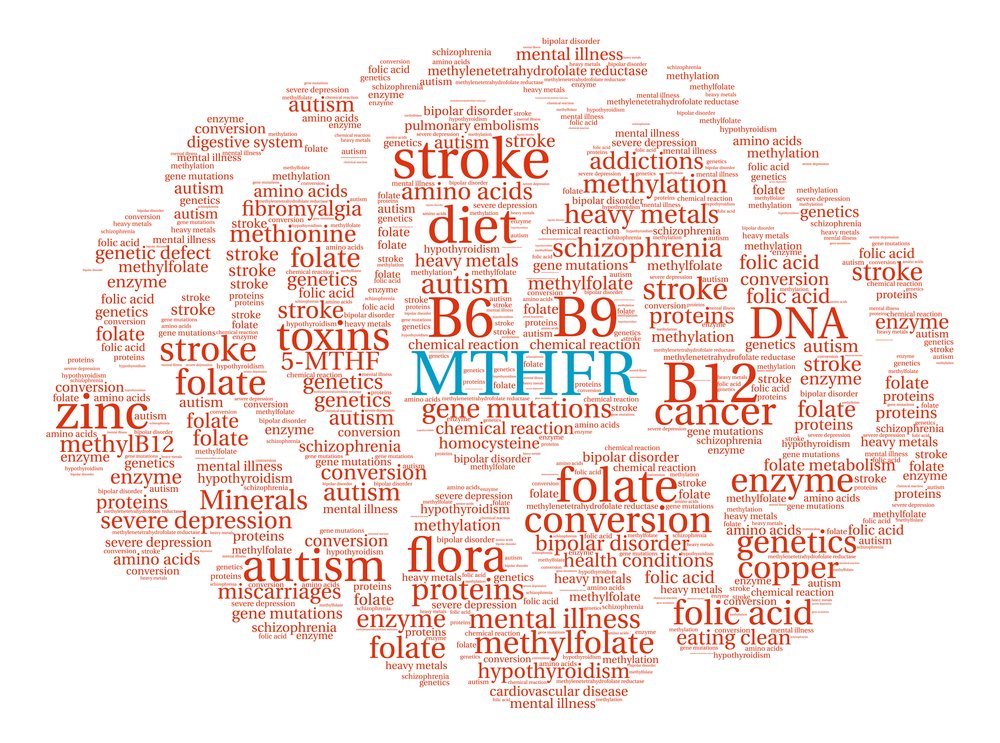 To perform the exercise, you need to lie on your back and, while inhaling, bring one knee to your stomach. Hold the pose for a few seconds, then straighten your leg and repeat the asana with the other leg. Repeat the leg change a couple of times.
To perform the exercise, you need to lie on your back and, while inhaling, bring one knee to your stomach. Hold the pose for a few seconds, then straighten your leg and repeat the asana with the other leg. Repeat the leg change a couple of times.
Then, in the starting position lying down, bring both legs to the stomach, clasping them with your hands, but do it on the exhale. As you inhale, slightly loosen the girth without straightening your legs. We fix the position and do several cycles to equalize breathing. At the end of the exercise, you can sway a little from side to side, and then slowly straighten your legs.
Butterfly Pose (Supta Baddha Konasana)
Lying on your back, inhale and slowly move both hands behind your head through the sides. Pull your legs to the pelvis, spreading your knees to the sides, closing your feet. Hold the position and take several complete breaths. After completing this part of the exercise, first slowly return your arms to their original position, then bring your legs together with your hands.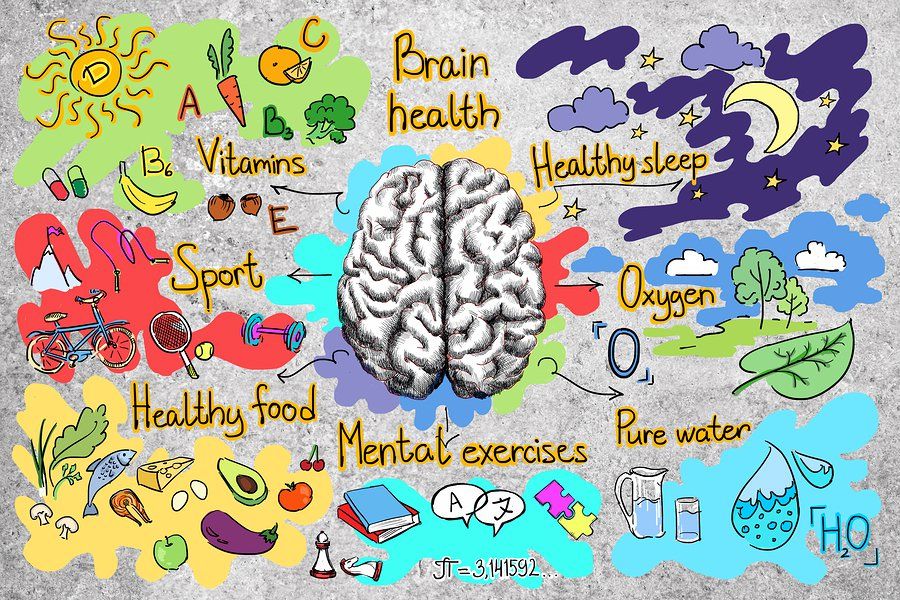 After - close your eyes and slowly turn to your left side, linger in this position for 10 seconds and slowly rise.
After - close your eyes and slowly turn to your left side, linger in this position for 10 seconds and slowly rise.
Child's Pose (Balasana)
This asana will help relieve fatigue and relax the muscles, which is necessary for sound sleep. To perform this exercise, sit on your knees with your hips and feet pressed together. Tilt your body forward so that your forehead touches the floor. Bring your arms behind your body and lay them along the body with your palms up. Close your eyes and for a few minutes, fixing the pose, concentrate on the cycles of breathing.
Happy Child Pose (Ananda Balasana)
To perform the exercise, you need to lie on your back, bend your knees and bring them to your chest, grab your big toes with your hands and slightly spread your knees to the sides so that they are on the same level with the armpits. The tailbone should be pressed to the floor. To relieve tension, you can rock back and forth a little: this movement imitates a massage of the spine and relieves tension from the back.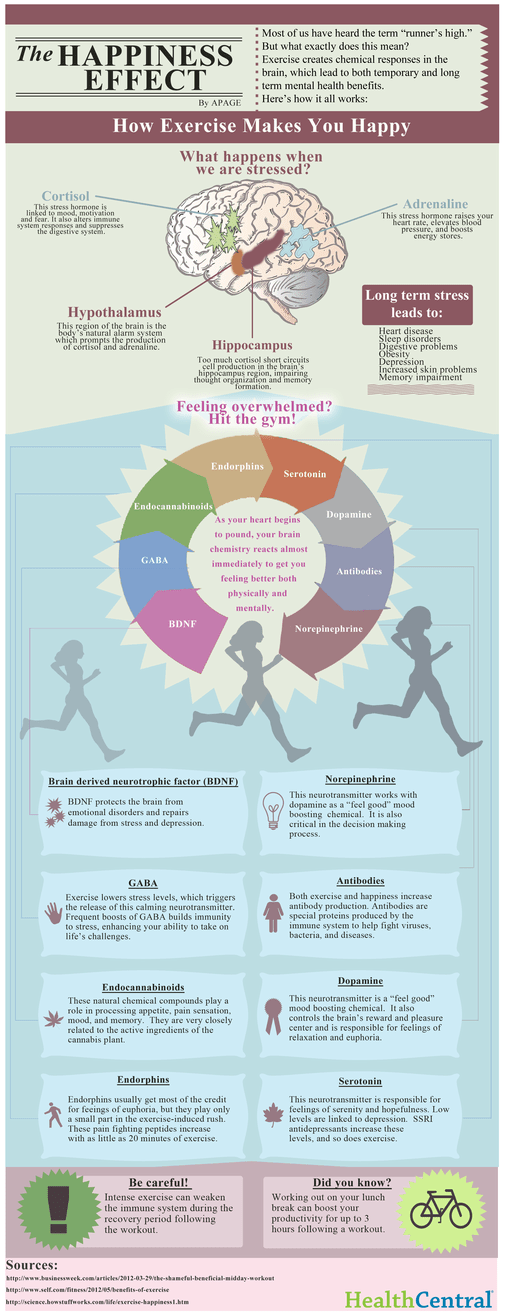
Corpse Pose (Shavasana)
Shavasana is most often the final asana in yoga practice. Among the masters, this posture is known as the “short sleep asana”, as it helps to restore strength after more difficult exercises and contributes to the final relaxation of the body and mind.
To perform this asana, you can turn on music without words for relaxation. Next, lie down on the floor - feet shoulder-width apart, arms lying along the body and slightly apart to the sides with palms to the floor, eyes closed. Try to “disconnect” from everyday thoughts, concentrate on breathing, on feeling the body, try to relax every muscle, feel lightness in your arms, legs, back, neck, etc.
You need to stay in this position for 10-15 minutes, letting go all the negativity and tension.
To exit shavasana, first move your fingers slowly, then your toes. Without opening your eyes, roll onto your side. Then rise and sit down, head should be lowered down. In this position, you need to take a deep breath and open your eyes.